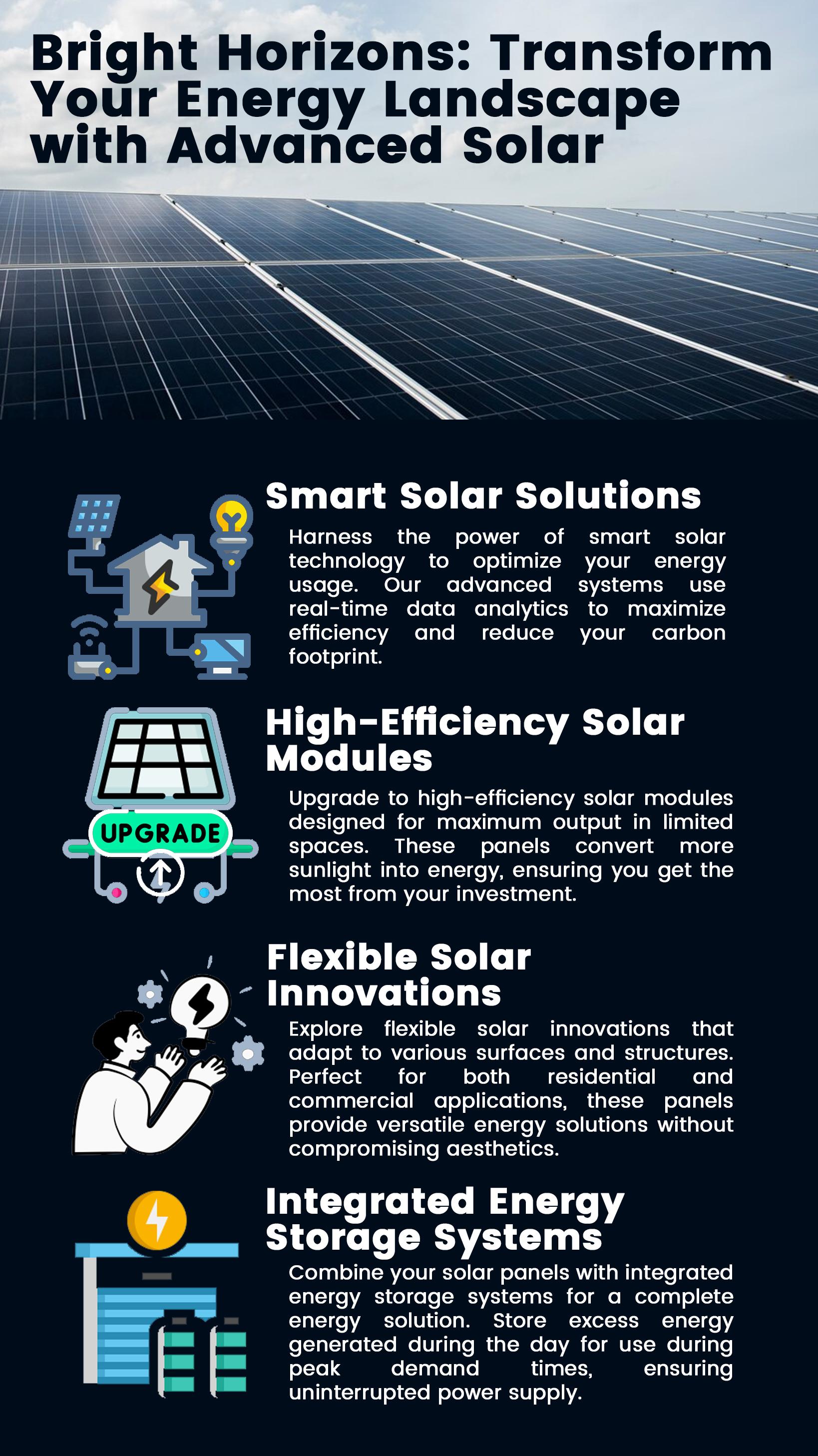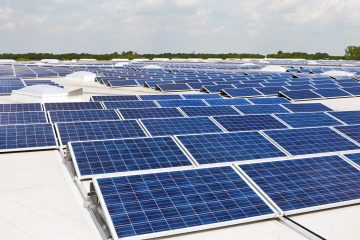When the sky darkens and hail begins to fall, the last thing on your mind might be the impact on your solar panels. However, understanding how these powerful forces of nature can affect your sustainable energy source is crucial. In this article, we will explore the relationship between solar panels and hail storms, shedding light on how to protect your investment and ensure your energy efficiency remains intact even amidst nature’s fury. Join us on a journey through the collision of renewable energy and extreme weather as we unravel the mysteries of solar panels in a hail storm.
Table of Contents
- Protecting Your Solar Panels During Hail Storms
- Key Factors to Consider When Assessing Solar Panel Damage
- Effective Maintenance Strategies Post-Hail Storm Incident
- Choosing the Right Insurance Coverage for Solar Panel Protection
- Repair vs. Replacement: Making Informed Decisions After a Hail Storm
- Q&A
- Key Takeaways


Protecting Your Solar Panels During Hail Storms
When hail storms strike, your solar panels can be vulnerable to damage. To safeguard your investment and ensure the longevity of your solar energy system, it’s important to take proactive measures to protect your panels against hail impact.
<p>Consider implementing the following strategies to minimize the risk of hail damage to your solar panels:</p>
<ul>
<li><strong>Install Hail Guards:</strong> Invest in sturdy hail guards that can shield your panels from high-velocity hailstones.</li>
<li><strong>Regular Inspections:</strong> Conduct frequent inspections to detect any signs of damage early on and address them promptly.</li>
<li><strong>Opt for Impact-Resistant Panels:</strong> Choose solar panels that are designed to withstand impact from hail and other harsh weather conditions.</li>
</ul>Key Factors to Consider When Assessing Solar Panel Damage
In the aftermath of a hail storm, assessing the extent of damage to solar panels is crucial for ensuring their optimal performance. One key factor to consider is the size of the hailstones that struck the panels. Large hailstones can cause more significant damage, including cracks and fractures on the surface of the panels, affecting their efficiency over time.
Another important factor to evaluate is the angle at which the hailstones hit the solar panels. Depending on the angle of impact, the panels may have varying levels of damage, from minor dents to more severe structural issues. Inspecting the panels carefully for any signs of warping or bending caused by the hailstorm can provide valuable insights into the extent of the damage and the necessary repairs needed. Regular maintenance and prompt assessment of solar panels post-hail storm can help in mitigating long-term damage and ensuring the continued efficiency of the solar energy system.

Effective Maintenance Strategies Post-Hail Storm Incident
Following a hail storm incident, ensuring the longevity and efficiency of your solar panels is crucial. Regular maintenance is key to preserving the functionality of your solar system in the aftermath of such extreme weather conditions. One effective strategy is to conduct a thorough inspection of the panels to assess any potential damage or issues that may have arisen.
Here are some maintenance tips to help you recover from a hail storm and keep your solar panels in top condition:
- Inspect for physical damage: Check for cracks, dents, or shattered glass on the panels.
- Clean the panels: Remove any debris or dirt that may have accumulated during the storm.
- Check wiring connections: Ensure that all connections are secure and undamaged.
- Monitor performance: Keep track of your system’s performance post-hail storm to detect any abnormalities.
In addition to these steps, seek professional assistance if you notice any significant damage or if you are unsure about the condition of your solar panels. By staying vigilant and proactive in your maintenance efforts, you can ensure that your solar panels continue to operate efficiently and effectively.

Choosing the Right Insurance Coverage for Solar Panel Protection
When considering insurance coverage for your solar panels to protect them from hail storms, it’s crucial to assess various factors to ensure comprehensive protection. Firstly, evaluating the location of your solar panel installation plays a pivotal role in determining the level of risk exposure to hail damage. Regions prone to severe weather conditions necessitate robust insurance coverage to safeguard your solar investment.
Moreover, reviewing the policy details is essential to understand the extent of coverage provided specifically for hail storm damage. Look for clauses that outline coverage for hail-related issues, including repair or replacement costs for damaged panels. It’s advisable to compare different insurance options to select a policy that offers adequate protection tailored to your solar panel needs.
| Insurance Coverage Considerations for Solar Panels |
|---|
| 1. Evaluate location vulnerability to hail storms |
| 2. Review policy details for specific hail damage coverage |
| 3. Compare insurance options for comprehensive protection |


Repair vs. Replacement: Making Informed Decisions After a Hail Storm
When faced with the aftermath of a hail storm on your solar panels, it’s crucial to assess the extent of the damage before deciding on the next steps. Both repair and replacement options come with their pros and cons, so it’s essential to weigh them carefully.
**Repair:**
In some cases, repairing the hail damage on solar panels can be a cost-effective solution. This option involves fixing specific sections of the panels that are affected, which can help restore functionality without the need for a full replacement.
| Repair | Replacement |
|---|---|
| Cost-effective | Brand new system |
| Partial fixes | Full functionality restoration |
| Less time-consuming | Potential long-term investment |
Q&A
Q: Can solar panels withstand a hail storm?
A: While solar panels are designed to be durable, they may not be completely immune to the impact of a hail storm. Most panels are built to withstand hail up to a certain size, but severe storms with larger hailstones can still pose a risk of damage.
Q: How can I protect my solar panels during a hail storm?
A: One way to protect your solar panels during a hail storm is to install hail guards or protective coverings. These can help minimize the impact of hailstones and reduce the risk of damage. It’s also a good idea to check your homeowner’s insurance policy to see if it covers any potential damage caused by hail.
Q: What should I do if my solar panels are damaged by hail?
A: If your solar panels are damaged by a hail storm, it’s important to contact your solar panel provider or a professional installer as soon as possible. They can assess the extent of the damage and recommend the necessary repairs or replacements. Documenting the damage with photos can also be helpful for insurance claims.
Q: Are solar panels worth the investment despite the risk of hail damage?
A: Despite the risk of hail damage, solar panels are still a valuable investment for many homeowners. The long-term cost savings on energy bills, environmental benefits, and potential tax incentives often outweigh the potential risk of damage from hail storms. To mitigate the risk, proper installation and insurance coverage are key factors to consider.
Key Takeaways
As you navigate the world of renewable energy and prepare your home for the unexpected, remember that equipping your solar panels to weather the storm can bring both peace of mind and environmental benefits. By staying informed and taking proactive steps to protect your investment, you’ll harness the power of the sun while safeguarding your panels against nature’s fiercest elements. Embrace the resilience of solar technology and the promise of a greener tomorrow, where every hailstorm is met with innovation and determination. Thank you for joining us on this journey through the impact of hail on solar panels. Stay curious, stay safe, and stay solar-powered.




0 Comments